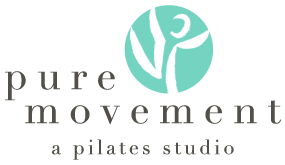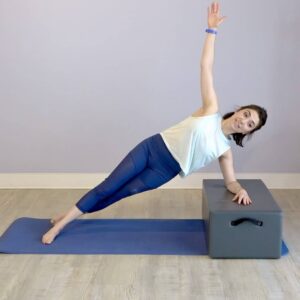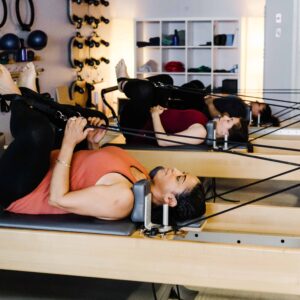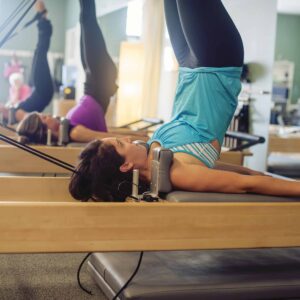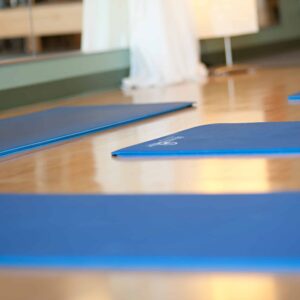We get asked a lot “What Pilates fitness level is appropriate for me?” or “Do you think I can do a higher fitness level?”. As an education-focused studio, we prioritize your safety and long-term fitness health over instant results. Jumping into the wrong level could cause injury which is the last thing we want. While fitness expectations and personal health goals vary widely from person to person it’s important to assess your current, very real fitness level, age, and learning…
Read MoreFunctional movement is defined by physical activities that focus on supporting someone’s daily routine. Pilates equipment is designed around household furniture; think twin-sized bed or standing up out of a chair. Joseph Pilates specifically developed the exercises in an effort to enhance one’s ability to enjoy everyday activities of daily living. As a functional movement method of exercise, Pilates supports healthy aging. What is functional movement? Think of functional as rolling out of bed, getting up off the floor. It’s…
Read MoreExercise is one of the best ways to build bone mass and improve posture and alignment. Pilates develops balanced muscles through weight-bearing and whole-body exercises that are joint-friendly and build strong bones. What does joint friendly mean? Our sedentary lifestyles and underlying postural habits developed from our activities, or lack thereof, accumulate and affect our overall health. We’ll look at how this creates compression on our joints and makes it difficult, if not painful to move. We’ll look at how…
Read MoreHow you exercise is just as important as exercise itself. Pilates workouts build elongated, sculpted muscles. Incorporate Pilates to balance muscle recruitment as a part of your overall health related fitness. Types of Muscle Activation Most muscles are composed of either tonic or phasic muscle fibers. This distinction is important because during exercise the different fibers perform differently. Tonic muscles are slow-twitch muscles. They have a low speed of contraction, recruit (or flex) at lower loads of resistance and fatigue…
Read MorePilates workouts can help prevent low back pain. By following the principles of Pilates we’ll look at understanding your body’s natural alignment thus strengthening the muscles that support your low back and spine. What does your low back pain mean? Understanding your low back pain can be hard. If you have general stiffness or mild soreness that comes and goes it may mean there is an imbalance in muscles that support the spine. A Pilates workout can be your tool…
Read More- « Previous
- 1
- 2
- 3
- 4
- Next »
